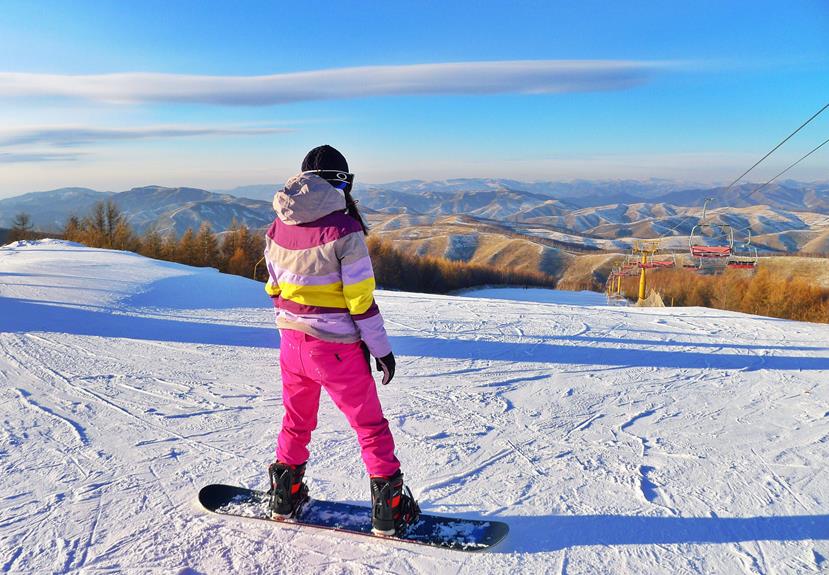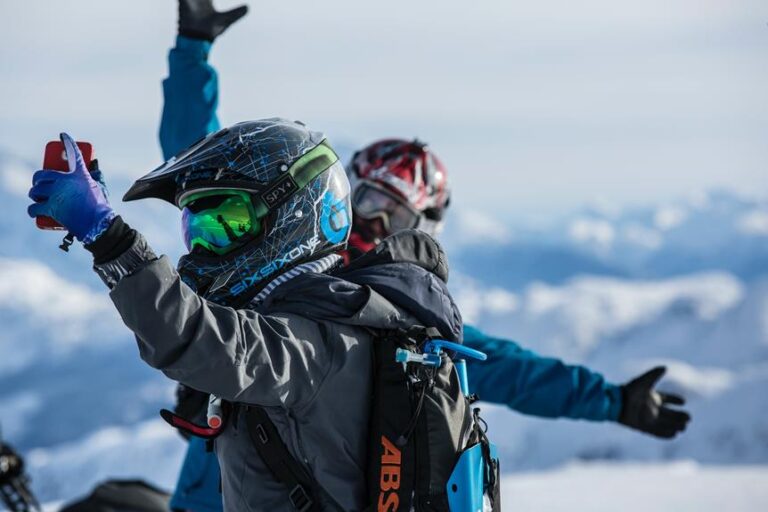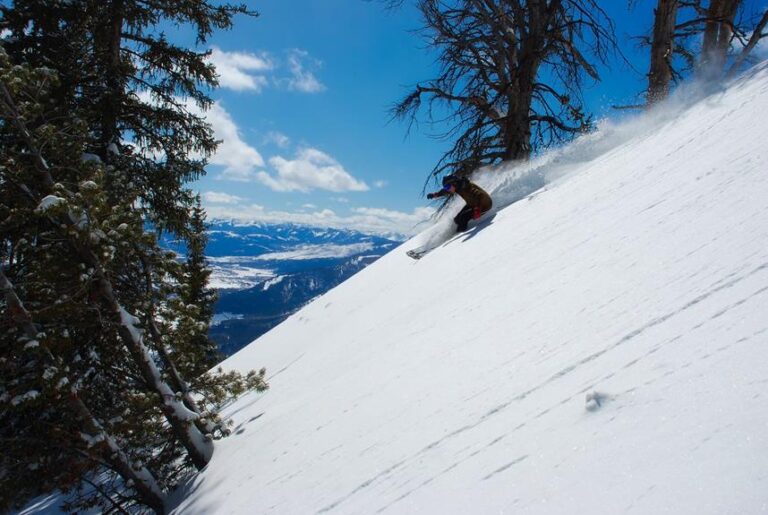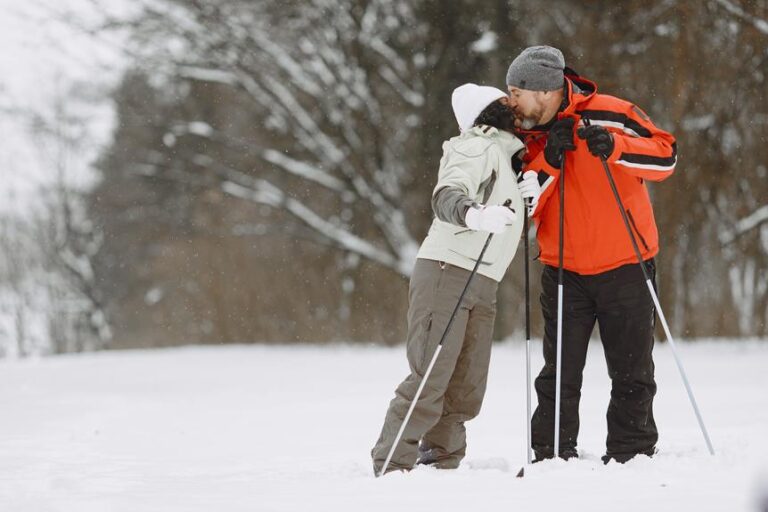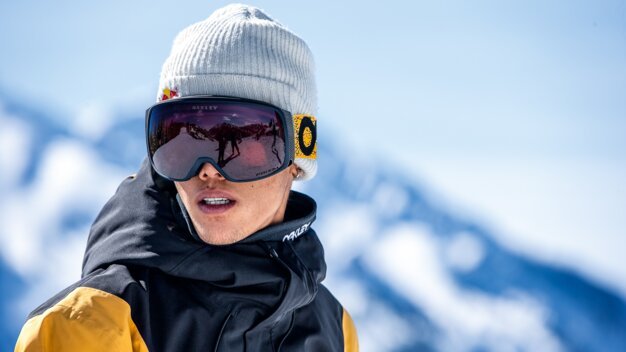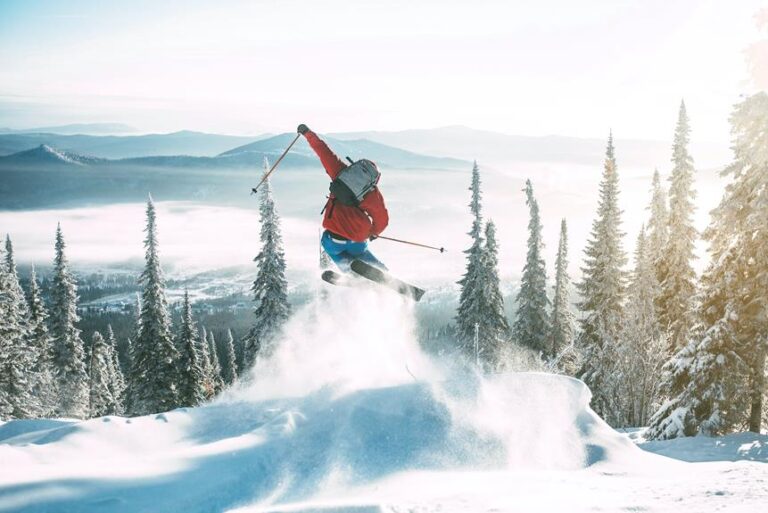Parallel Skiing Vs Carving – Must Read Insights!
When it comes to exploring different skiing techniques, you may have encountered the intriguing debate between parallel skiing and carving.
Both methods offer unique advantages and require varying levels of skill.
Without delving too deeply into the specifics just yet, let's start by saying that the way you choose to navigate the slopes can significantly impact your overall skiing experience.
So, if you're ready to ski like a pro and tackle the mountains with finesse, let's explore the nuances of parallel skiing versus carving and discover which technique might be the perfect fit for you.
Benefits of Parallel Skiing
Parallel skiing offers a multitude of benefits, including enhanced stability, control, and versatility on varied terrain. When you ski in parallel, you have the advantage of being able to execute parallel turns smoothly and efficiently. This technique allows you to maintain a more stable and balanced position, making it easier to navigate through different types of terrain.
With parallel skiing, you have better speed control, as you can adjust your speed by adjusting the angle of your skis. This is particularly useful when skiing on steep slopes or in crowded areas where you need to slow down quickly.
Additionally, parallel skiing helps you build a solid foundation for mastering other skiing maneuvers. By learning the proper technique of parallel skiing, you develop the skills and coordination needed to progress to more advanced skiing styles, such as carving.
Advantages of Carving Technique
Carving technique offers a multitude of advantages when it comes to skiing. Here are five advantages of using the carving technique:
- Smoother Turns: Carving allows for better edge control, resulting in smoother and more precise turns. It enables you to effortlessly glide through the snow, feeling in complete control of your movements.
- Increased Stability: When you carve, your skis dig into the snow, providing a stable base and reducing the chances of losing balance. This stability gives you the confidence to tackle steeper slopes and challenging terrain.
- Higher Speeds: Carving technique allows you to maintain higher speeds while feeling more in control. The precise edge engagement and efficient energy transfer enable you to glide effortlessly down the mountain, experiencing the exhilaration of speed.
- Less Effort, More Efficiency: Compared to parallel skiing, carving requires less effort and energy. By utilizing the natural shape of the ski, you can achieve efficient turns while conserving energy, making your skiing experience more enjoyable and less tiring.
- Elegance and Fluidity: Carving provides a more dynamic and fluid style of skiing. The smooth, arcing turns create a sense of elegance and finesse on the slopes, enhancing the overall skiing experience.
Differences in Turning Techniques
To understand the distinctions between the two turning techniques, it's essential to examine their fundamental mechanics and principles.
When it comes to turns, there are clear differences in turning techniques between parallel skiing and carving.
Parallel turns are initiated by pivoting the legs at the hip joint, allowing for quick changes in direction. On the other hand, carving involves angulation and following the skis' sidecut, which enables the skis to grip the snow and carve precise arcs.
This fundamental difference in mechanics leads to variations in the types of turns each technique excels at.
Parallel skiing is well-suited for faster, shorter radius turns that are ideal for steep terrain. Carving, on the other hand, shines on well-groomed blue pistes at high speeds, where the skis can dig deep into the snow and create dynamic, arcing turns.
Modern parallel technique emphasizes adopting a wider stance for better stability and edge control, even though the skis aren't close together. In contrast, carving turns require effective use of the ski's edges and demands a more dynamic approach.
Understanding these differences in turning techniques is crucial for skiers looking to improve their skills and tackle different types of slopes.
Skill Level and Technique Selection
Determining the appropriate skiing technique depends on your skill level and the type of terrain you plan to tackle. Your skill level plays a crucial role in the technique you should choose. Here are some points to consider when selecting the right technique:
- Beginners are often advised to start with parallel skiing. This technique involves keeping your skis parallel throughout turns, which helps you learn basic control and turning. It's a great technique for building a strong foundation and gaining confidence on the slopes.
- On the other hand, carving requires a higher skill level. This technique involves arcing turns with your skis on edge, requiring more precise control and balance. It allows for faster, more efficient turns and is often favored by experienced skiers.
- As you advance in skill level, you can choose the appropriate technique that best suits the terrain you plan to ski. Parallel skiing may be more suitable for gentler slopes, while carving can be beneficial for more challenging and steeper terrains.
- The time it takes to learn each technique can vary. Parallel skiing is generally easier to pick up for beginners, while carving may require more practice and refinement.
- It's important to consider your skiing goals when selecting a technique. If you aim to challenge yourself and improve your skills, carving may be the way to go. If you simply want to enjoy the slopes and have fun, parallel skiing can provide a great experience.
Tips for Improving Skiing Technique
If you're looking to improve your skiing technique, there are several tips that can help you enhance your skills on the slopes. By practicing these techniques, you can become a more confident and skilled skier.
One important aspect of improving your skiing technique is mastering parallel skiing. This technique involves keeping your skis parallel to each other throughout your turns, which allows for smoother and more controlled movements. To achieve this, focus on reducing the wedge, the V-shape formed by the tips of your skis, and transitioning to parallel skis. This will help you maintain better balance and control.
Another key tip is to work on releasing your edges effectively. By smoothly releasing your edges, you can initiate and control parallel turns with confidence. This technique requires a combination of leg steering and visualization. Practice actively steering your legs and visualize the desired path of your turns to achieve smooth, arcing turns.
To improve your skiing technique, it is also important to choose appropriate slopes for practice. Start with easy terrains and gradually progress to more challenging runs as your skills improve. This will allow you to build your confidence and gradually refine your technique.
In summary, improving your skiing technique involves mastering parallel skiing, releasing edges effectively, and choosing appropriate slopes for practice. By incorporating these tips into your skiing routine, you can enhance your skills and have a more enjoyable experience on the slopes.
| Tips for Improving Skiing Technique |
|---|
| Master parallel skiing |
| Reduce the wedge and transition to parallel skis |
| Focus on releasing edges effectively |
| Choose appropriate slopes for practice |
Frequently Asked Questions
How Do You Go From Parallel Skiing to Carving?
To go from parallel skiing to carving, shift pressure between your skis to engage the edges. Widen your stance, angulate, and release the edges to initiate smooth turns. Using your legs to steer, maintain balance and visualize arcing turns. Carving offers improved control and stability.
What Does Skiing Parallel Mean?
When you ski parallel, both skis are pointed in the same direction, giving you stability and control. It's important to keep your legs apart and maintain a wider stance for better stability and edge control.
What Does Carving Mean in Skiing?
Carving in skiing means using specific techniques to make smooth, flowing turns by transferring pressure from one ski edge to the other without flat stages. It offers benefits like improved ski run conditions and a more enjoyable experience.
Why Is Carving Better Than Skidding?
Carving is better than skidding because it offers advantages like better control, stability, and energy efficiency. To improve your carving skills, focus on skiing on the edges without skidding and use skis designed for carving.
Conclusion
In conclusion, both parallel skiing and carving have their own benefits and advantages.
Parallel skiing is great for steep terrain and allows for faster turns.
Carving is dynamic and flowing, perfect for well-groomed slopes at high speeds.
The choice of technique depends on the skier's skill level and the type of terrain they're skiing on.
Regardless of the technique chosen, practice and improving technique are key to becoming a better skier.
